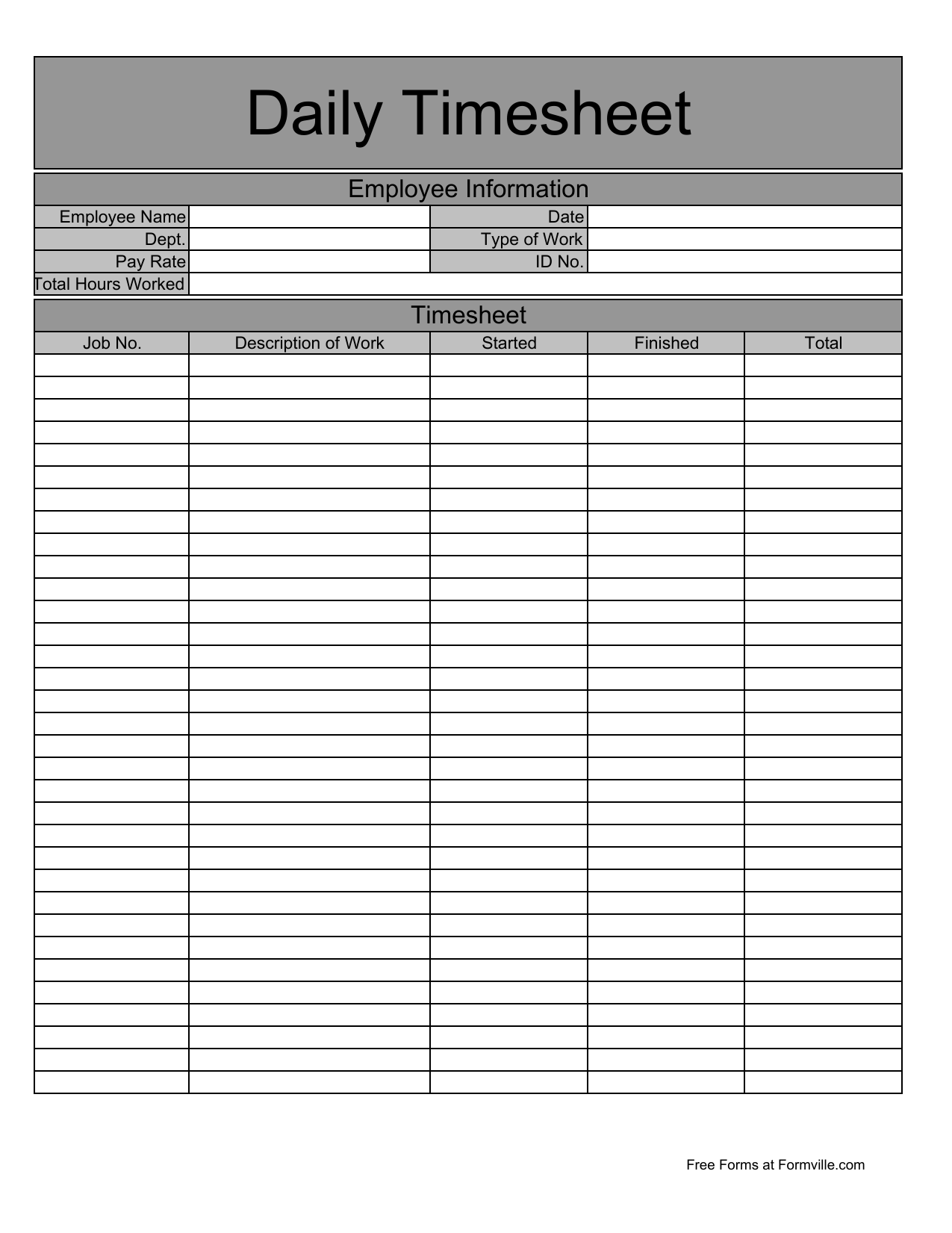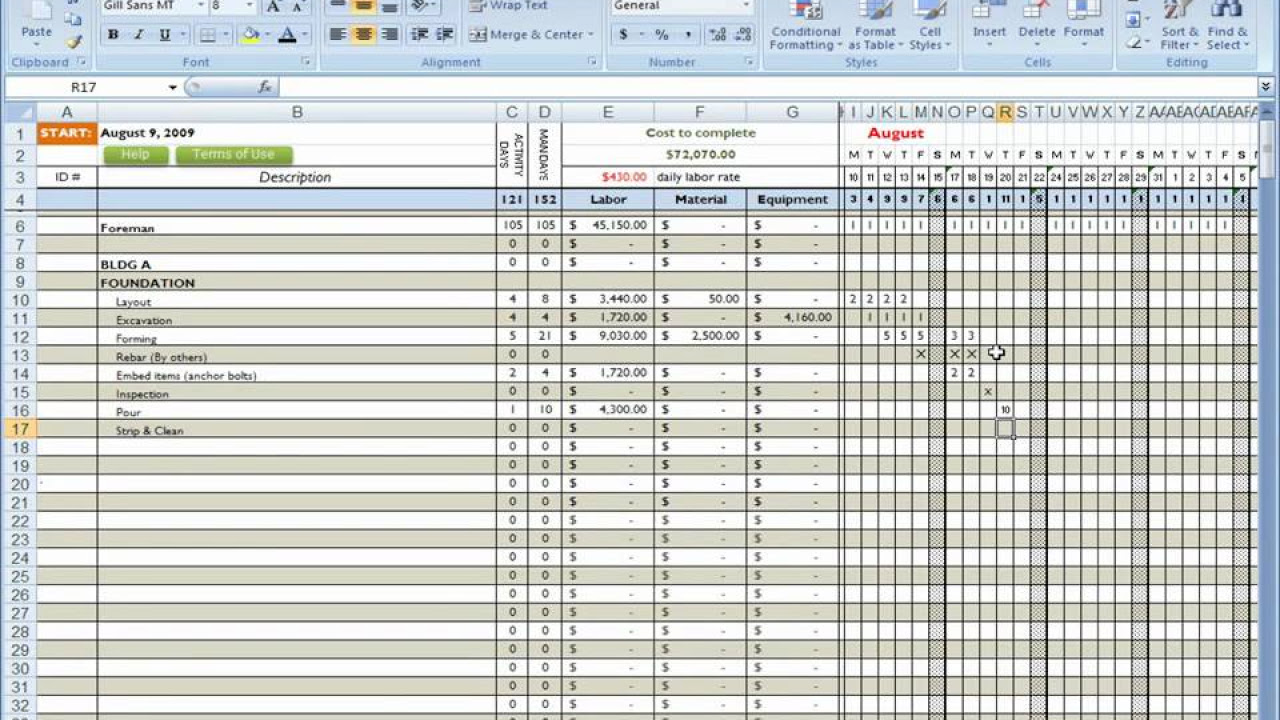

You won’t need to reinvent the wheel every time one of these issues arises, but the flexibility of a spreadsheet isn’t what it seems. You might think that setting up a time tracking template in a spreadsheet is a one-time setup, but a lot can change as your business continues to grow. Hours, wages, and employees fluctuate constantly. Manually filling out an Excel timesheet template takes considerable time compared to other time tracking methods. Since the FLSA requires you to keep payroll info for up to two years after an employee’s departure, it’s nice to know that this information is easily accessible in the long term. The nice thing about a spreadsheet time tracker is that all company hours can be kept alongside process documentation, offer letters, benefits information, pay stubs, and more. Office management involves a lot more than just time tracking. It can serve as your cloud-based record-keeper. You can then create a filing system in Google Drive to keep track of all of your team’s tasks, hours, and paid time off. Google Sheets gives you more than enough flexibility to design your own spreadsheet time tracking system.

To make a simple time tracker, it won’t cost you a cent. That’s not so bad if you need to create complicated pivot tables and use other tools for process documentation and training. These days, you can get Excel by purchasing the entire Microsoft Office Suite for under $100. Spreadsheet time tracking is a popular solution for teams that don’t have the time, money, or resources to train their employees on time tracking software. Whether you learned on the job or as a student, you probably know your way around Excel or Google Sheets well enough to fill in a timesheet.
Daily time tracking sheet template professional#
Most people in the professional service space have decades of Excel experience. Let’s take a look at some of the pros and cons of using this method to track time.
Daily time tracking sheet template how to#
If you’re not sure how to create a template in Google or Excel time tracking spreadsheet, start with one of ours.Įven with the right template, spreadsheet time tracking often leads to mixed results. To enter time, you’ll need a spreadsheet time tracking template. Step 6: Save your changes and move the file to the corresponding folder for record-keeping purposes. Input =SUM of Cell from day 1 + Cell from day 2 + Cell from day 3 + Cell from day 4 + Cell from day 5, etc. Step 5: Enter formula to calculate hours worked per week like this: Then, drag the corner of that cell down to complete this formula for other days of the workweek. Input = Add the working hours and any overtime hours into the cell that you want to show the total hours worked on day 1. Step 4: Enter formula for hours worked per day like this: Step 2: Choose a pay period format (bi-weekly, monthly, etc.) Step 1: Open a new sheet and enter column and row headings You can start by focusing on these five steps:

These are all questions to keep in mind when tracking employee time. How many pay periods do you have each year? Do you outsource work to freelancers or contractors? If so, will they track time differently than internal teams? Every business has its own unique challenges they need to consider. Tracking time in an Excel time tracking sheet is easy, but getting things set up can be a lot harder.


 0 kommentar(er)
0 kommentar(er)
